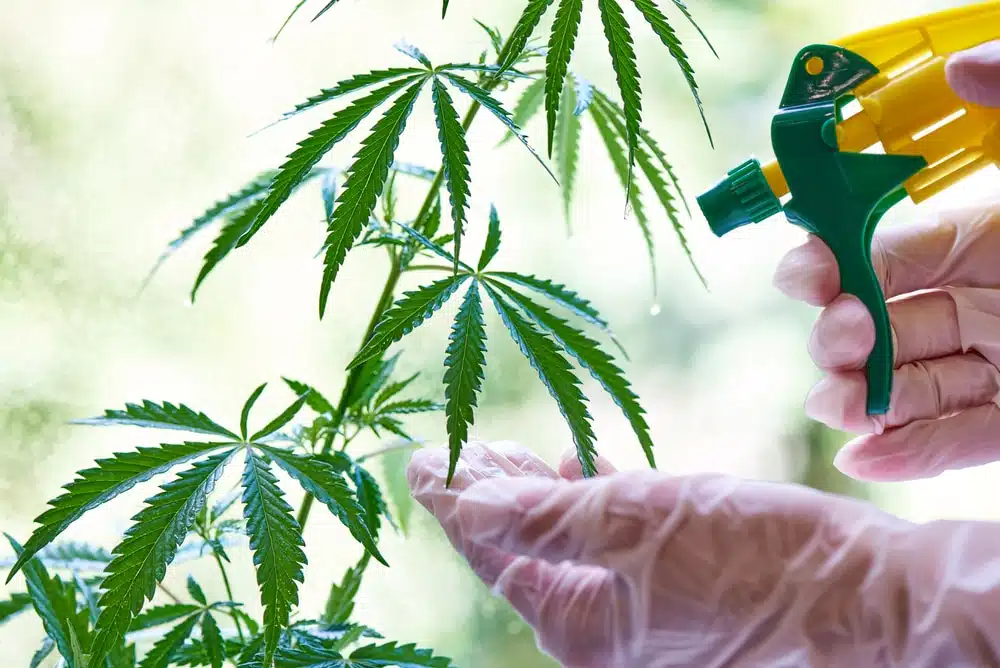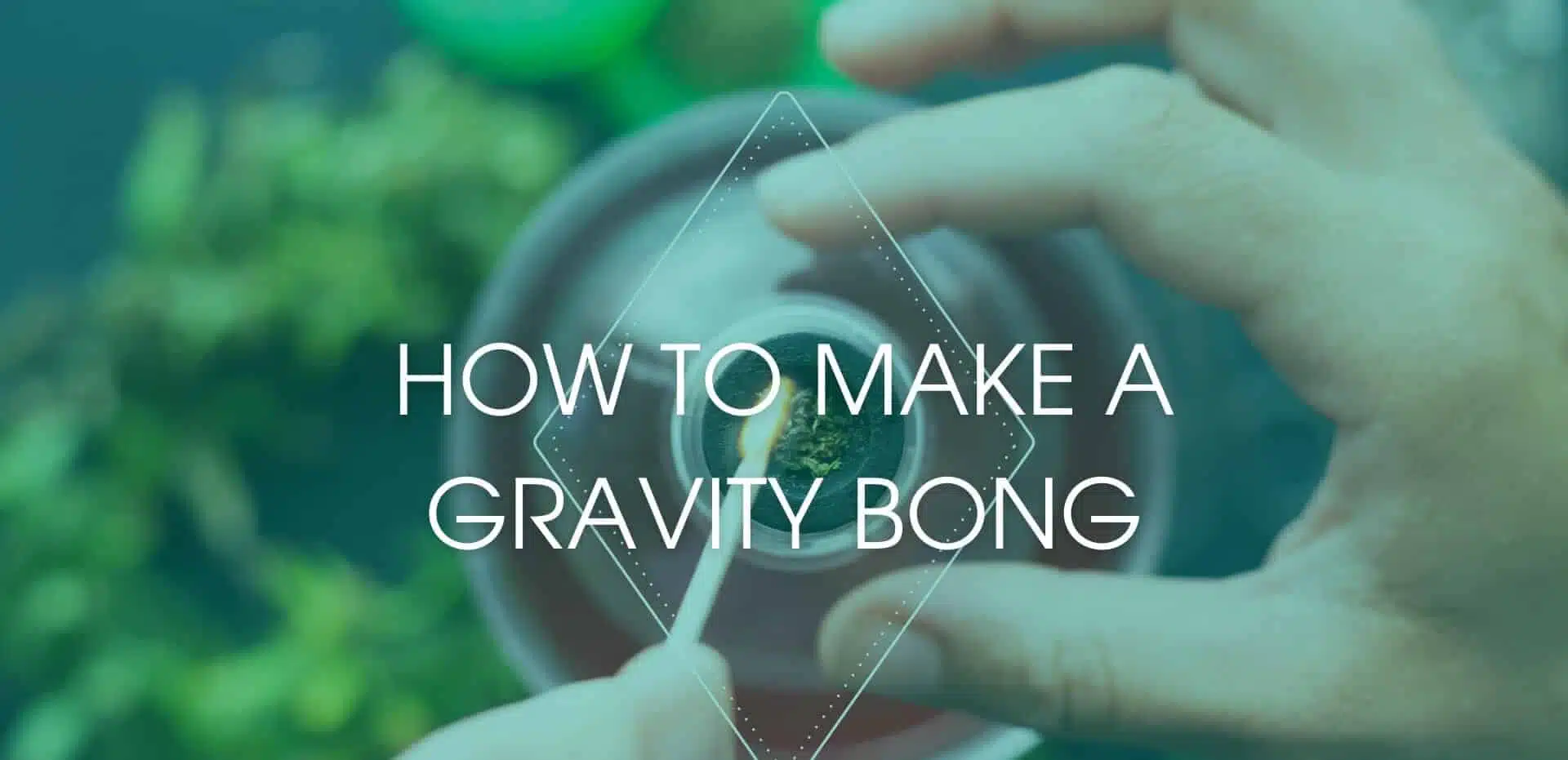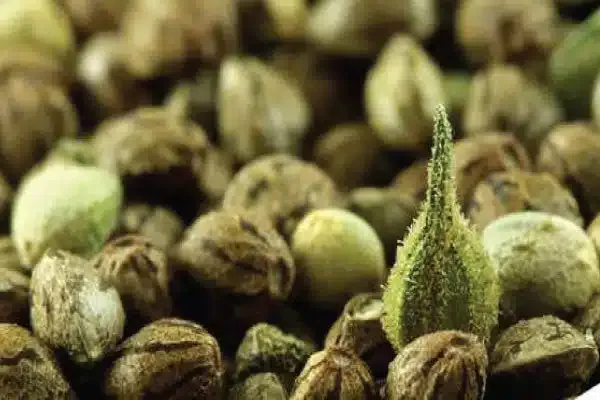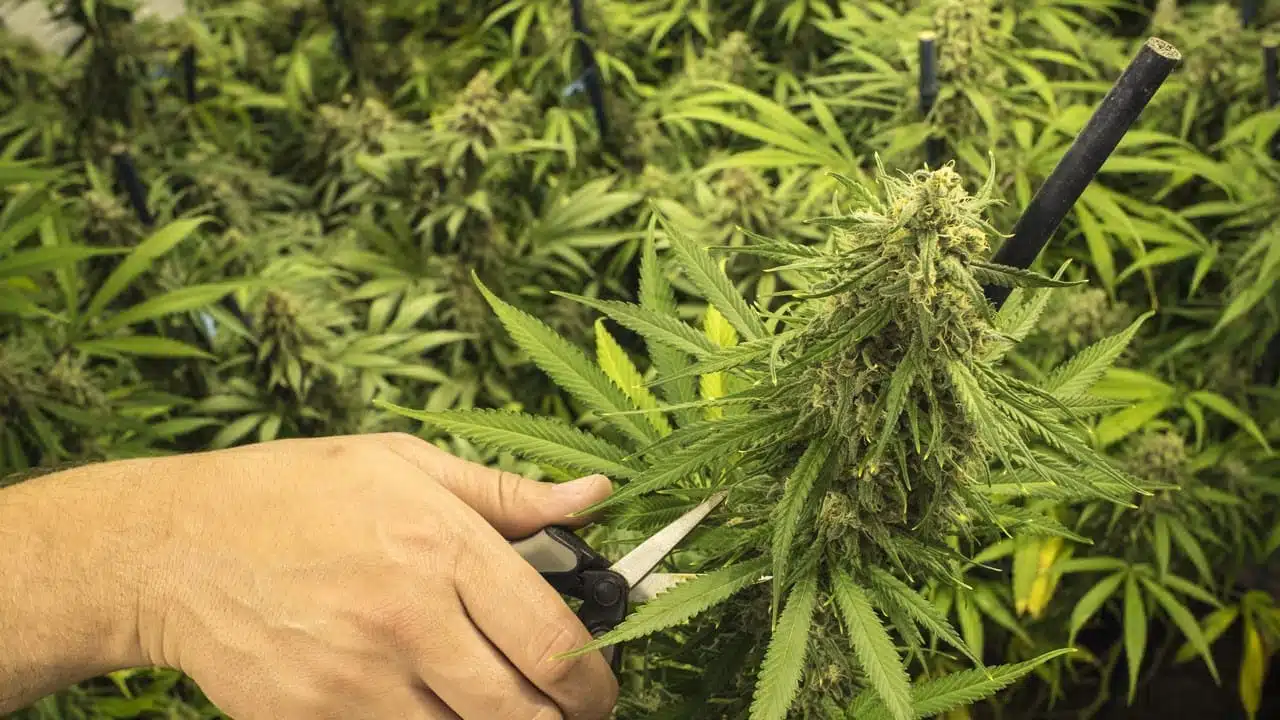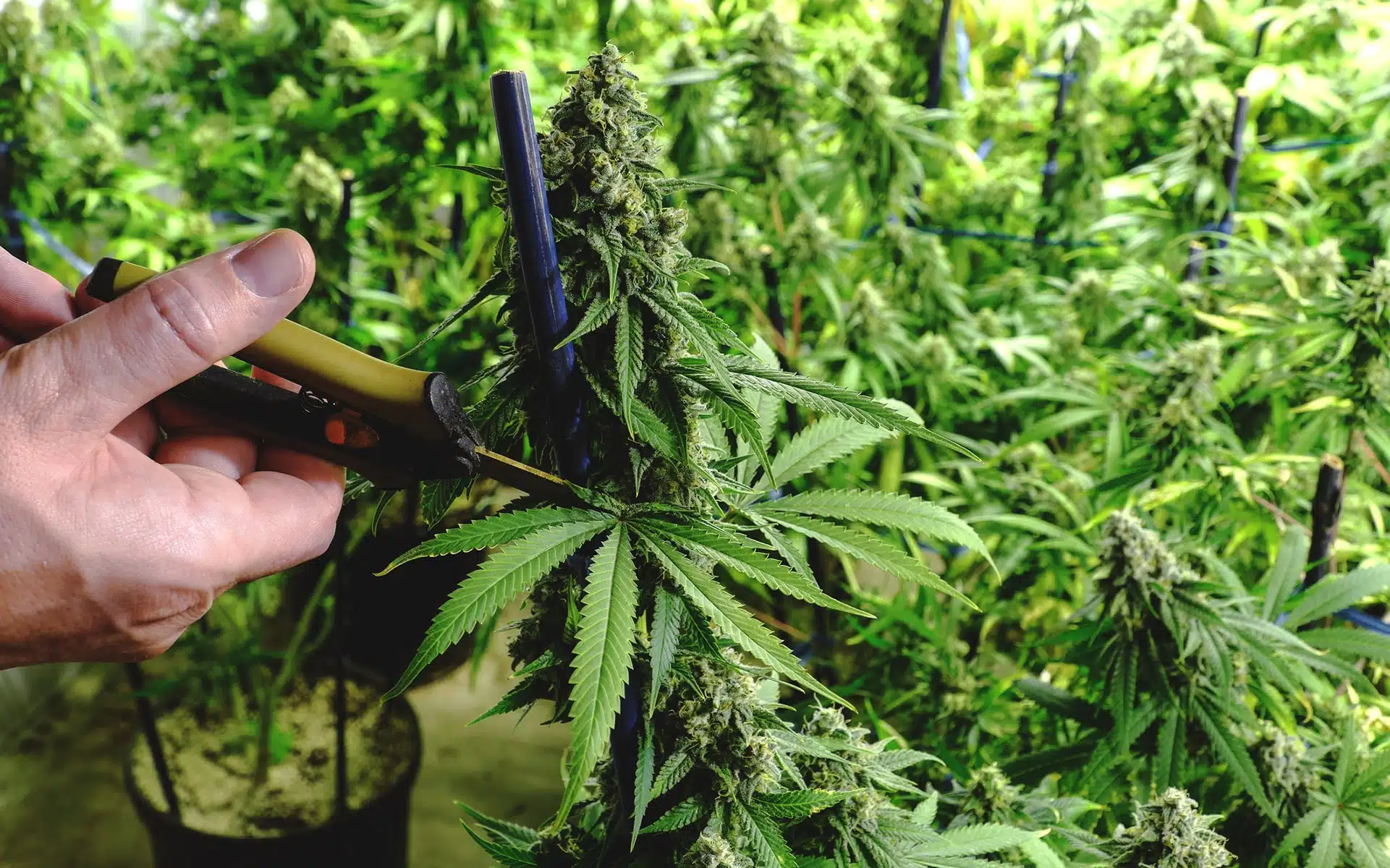Can You Over Grow Marijuana? | The Seed Fair
Can you overgrow marijuana? It’s possible when attempting home cultivation with feminized, autoflowering, or exotic cannabis seeds. Overgrowth is a common problem that can lead to stunted growth, low yields, and poor-quality buds.
What exactly is overgrowth, and how can you prevent it?
It occurs when you give marijuana plants too much fertilizer or water or when they’re overcrowded in a small space.
Overgrowth causes plants to grow tall and thin, with weak stems that can’t support their weight. They may also have fewer leaves and branches than healthy ones, leading to lower yields at harvest time.
Overgrowth can also cause mold and other diseases to develop on the plants if left unchecked. Understanding the causes of overgrowth and how to prevent it from happening can help you maximize yields and produce high-quality buds.
Ready to learn more? Let’s dive in.
Key takeaways
- Overgrowth in marijuana plants can be caused by too much fertilizer or water, as well as overcrowding in a small space.
- Overgrowth can result in stunted growth, low yields, poor-quality buds, and an increased risk of pests and diseases, including mold.
- Overgrowth can be prevented through techniques such as pruning or transplanting into larger pots, proper pruning techniques, low-stress training (LST), and topping.
- Proper pruning techniques can increase airflow and light penetration. They also promote healthier growth, higher yields, and improved potency.
- It’s important to understand the plant’s growth patterns, use clean tools, avoid over-stressing it, and only cut off 20–25% of the main stem at once.
What does overgrowing marijuana mean?
Overgrowing marijuana is like allowing a jungle to take over your backyard, with towering plants and dense foliage that can overwhelm the growing space. It happens when you let your cannabis plants grow too big for their containers or the area where they’re planted.
The plants will start competing for resources such as light, water, and nutrients. This competition can lead to stunted growth, poor yields, and even the death of some plants.
Understanding how much space each plant needs to grow correctly and avoid overgrowth is essential.
Do cannabis seeds need darkness? Yes, you should also consider factors like lighting conditions before planting your cannabis seeds. Soil quality also affects their rate of success during growth.
It’s best to prune plants or transplant them into larger pots if you notice them outgrowing their containers or growing area.
By doing so, you ensure each plant has enough room to thrive and produce high-quality buds without compromising yield or potency.
Effects of overgrowth on marijuana
Your plant can become overcrowded like a packed subway car during rush hour if you neglect to prune it. Overgrowth hinders its development and potentially damages the quality of the buds.
Overcrowding results in limited access to light, nutrients, and space for each bud. It’s detrimental to the plant’s overall health as it will struggle to produce large yields of potent flowers.
Here are four effects of overgrowth on marijuana:
- Reduced yield: Overgrown marijuana plants tend to produce smaller yields due to spending their energy on producing foliage instead of flowers.
- Lower potency: The potency of a cannabis flower is directly related to how much light it receives during its growth cycle. Overcrowding can lead to reduced light exposure, which ultimately affects THC levels.
- Increased risk of pests and diseases: Crowded plants create an environment conducive to pests and diseases like mold, mildew, or spider mites.
- Difficulty in maintaining plant health: Overgrown plants require more maintenance than those that have been properly pruned. It’s more challenging to take care of them regarding watering, fertilization, pest control measures, and other factors.
Proper pruning techniques should be used throughout the growth cycle, ensuring healthy production while maximizing yields and potency potential.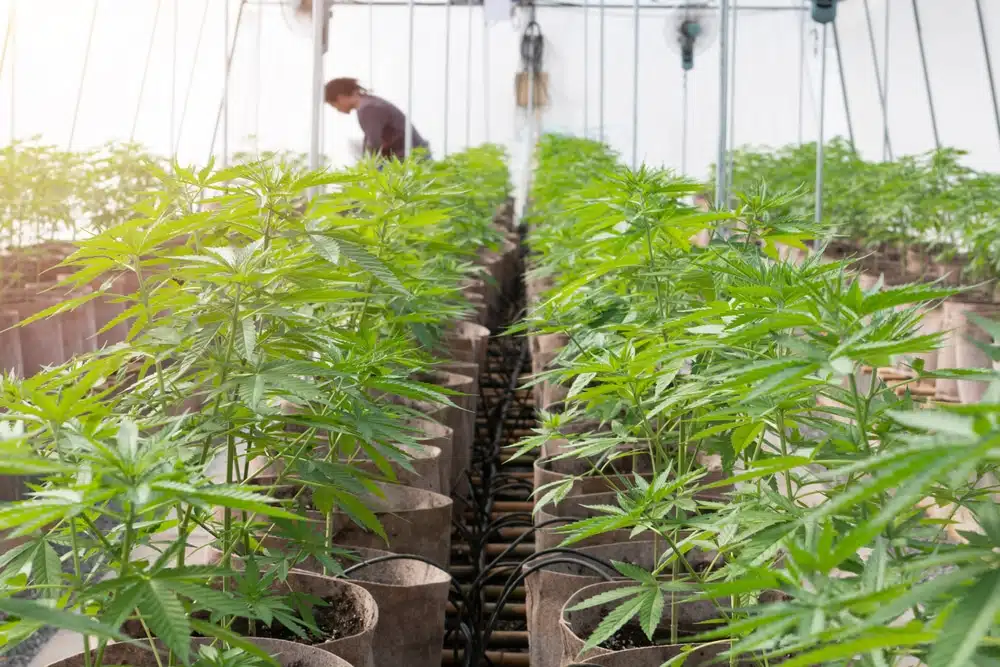
Prevention of overgrowth
Implementing proper pruning techniques throughout your cannabis plant’s growth cycle is vital to prevent overcrowding and maintain its health.
Pruning involves cutting off unwanted parts of the plant, like leaves, stems, and branches. Doing so can help increase airflow and light penetration to the lower sections of the plant. It also helps with nutrient absorption and overall growth.
Before pruning your plants, it’s important to understand their growth patterns and how they respond to different types of pruning.
Some strains may require more aggressive pruning than others, while others only require minimal trimming. Using clean tools when pruning is crucial to avoid introducing any diseases or pests into the plant.
Regularly implementing proper pruning techniques helps your cannabis plants to stay healthy and produce high-quality buds.
Remedies for overgrowth
One solution for managing an excessively large cannabis plant is to carefully prune the top branches and train them to grow horizontally. This low-stress training (LST) technique allows for better light distribution and bud development.
Tie down the top branches with string or wire and bend them gently so they’re parallel to the ground. You create a more even canopy of foliage that allows light to penetrate deeper into the plant, promoting healthier growth and higher yields.
Another effective remedy for overgrowth is topping. It involves cutting off the main stem just above a node where new growth will emerge. It encourages branching and bushier growth, which can help control the height of the plant while also increasing overall yield.
It’s important to be careful when topping your plants, as too much stress can harm or even kill them. To avoid this, ensure you only cut off about 20–25% of the main stem at once. Wait until your plants have fully recovered before proceeding with further pruning or training.
Below is an overview of the differences between LST and topping.
| Low-stress training | Topping |
| Lowers overall height | Controls height |
| Promotes even canopy | Increases yield |
| Encourages bud development | Creates bushier growth |
| Allows for better light distribution | Should only remove 20–25% of the main stem at once |
| Less stressful than other pruning techniques | Needs a careful approach to avoid over-stressing the plant |
Using one of these methods can help you avoid overgrowing marijuana plants successfully. Remember to keep your tools sterile and clean, and avoid stressing your crop too much.
Frequently asked questions
How long does it take for marijuana to become overgrown?
Marijuana plants can become overgrown if they’re not properly maintained. The time it takes for overgrowth to occur varies depending on the strain, environment, and growing conditions. Regular pruning and monitoring of plant growth can prevent excess growth.
What are the signs that marijuana is becoming overgrown?
If your marijuana is becoming overgrown, you may notice signs such as yellowing leaves, stunted growth, and excess branches.
Can overgrown marijuana still be used for medicinal purposes?
Yes, overgrown marijuana can still be used for medicinal or recreational purposes, but the plant’s potency may decrease. We recommended harvesting when the buds reach their peak maturity to ensure maximum potency.
Is it possible to salvage an overgrown marijuana plant?
You need to assess the situation and determine if an overgrown marijuana plant is worth saving. Pruning and training techniques may help, depending on the severity of the overgrowth. Sometimes, it’s best to start fresh with a new plant.
Are there any benefits to intentionally overgrowing marijuana?
Intentionally overgrowing marijuana can sometimes lead to larger yields. Allowing plants to grow beyond their recommended height can increase bud production. However, this technique requires careful monitoring and management to prevent potential issues.
Enjoy successful marijuana cultivation without overgrowing
You now have a clear understanding of what overgrowing marijuana is and the effects it can have on your plant. Overgrowth can lead to stunted growth, poor quality yield, and even the death of your plant.
Various remedies are available to help salvage your crop if you face overgrowth. Proper prevention techniques like pruning and training your plants early on can help you avoid overgrowth.
Topping or super cropping can redirect growth and promote healthier buds. With knowledge and care, you can successfully grow a bountiful harvest without falling victim to overgrowth.
Purchase marijuana seeds from our store and go forth with confidence in your growing abilities to produce top-quality buds!

